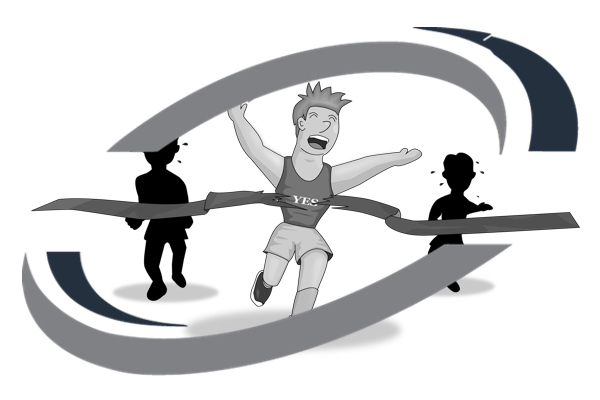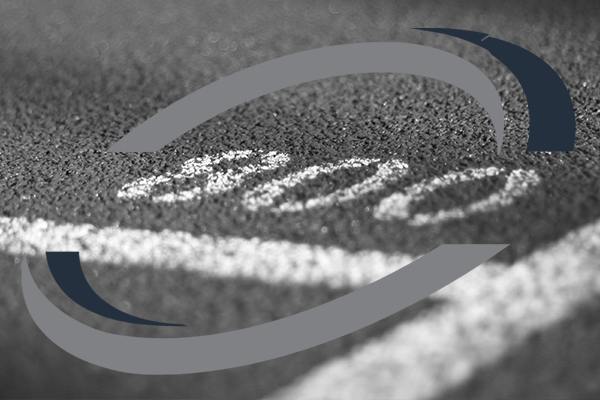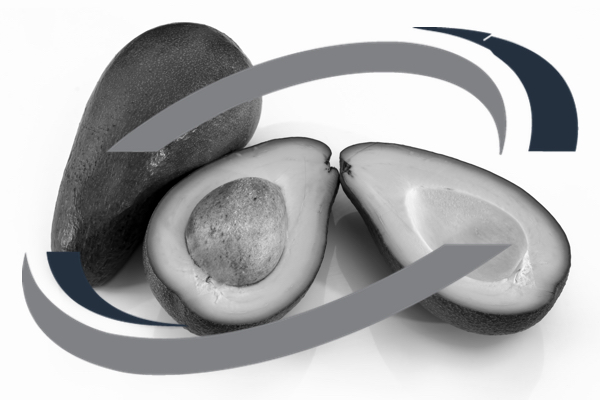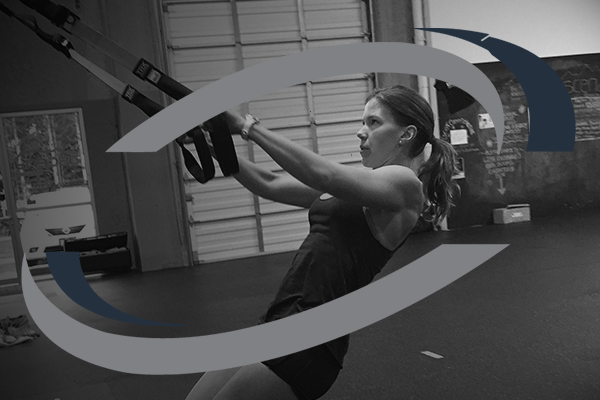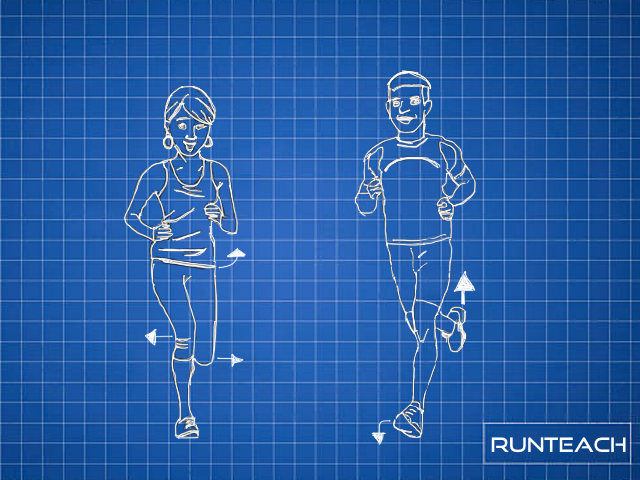You’ve done the months of training. You’ve put in hours and hours of running. You’ve dealt with the niggles, the doubts, the setbacks and now you stand in the pen at the start of your marathon.
You are as ready as you’ll ever be, and all that stands between you and marathon glory is a simple case of 26.2 miles…
So, given this distance and the fierce reputation that a marathon has, you would be forgiven for thinking that most runners wouldn’t hare off as if they were at the start of their Saturday morning 5k. But you’d be surprised at how many runners go off way too fast in the first few miles of a marathon. I’ve even seen people literally sprint away to get in front of the crowds.
And it’s easy to do. We are always thinking about those last 6 miles, that dreaded final 10k. We are desperate to bank time when we are feeling great, just in case the wheels come off later in the race. The truth is, the banking time strategy can actually cause the problems that many of us experience in those later miles.
So, what to do? Well, throughout your training you will have determined your approximate race pace. You know what you can do in training and will have done at least some shorter runs at your target pace so you feel comfortable. This pace is usually a lot slower than you normally run and you are going to feel great for at least the first 10 miles, if not the first 14 to 16 miles of the marathon.
And there’s the challenge: the pace will feel slow. It may even feel a little ploddy depending on your cadence (steps per minute) and running form. And the temptation to push on will be nipping at you that whole first half. But you need to hold back!
You need to manage your pace and avoid getting carried away. We’ve all done it. We’ve all got into a conversation while running and before you know it we are running way faster than we intended to. Having a group, or even one other person, to run with during the marathon can be great and makes it much easier to get through the miles.
But it can also be a distraction from your pace in the early miles, leading you to go out ahead of pace and lining yourself up for a higher chance of a sticky ending! You need to run your own race at your own pace, even if that means dropping back from others, or indeed going ahead of others throughout the event.
We all think that the end of the marathon is the biggest challenge, and maybe it is. But the first half is also a formidable undertaking. Holding yourself back when you are feeling great is hard to do. But if you can achieve this, if you can closely manage the pace and effort in the first half, you are setting yourself up for a much stronger final 6 miles.
Run the first 3 miles (5k) at the slower end of your target pace range, letting everyone else around you do their own thing. Don’t worry – you’ll probably go past a lot of them later on. Use this first 5k to settle into your pace.
Run the next 3 miles (5k) at a similar pace, but then progress to the faster end of your target pace range by mile 8 or 9 (12k to 15k). From here, hold a consistent pace until the end. Almost everyone drops back in those last few miles, but by running your race this way, you stand the best chance of limiting that drop-off to a gentle slide.
If you don’t have a pace range, then run those first 6 miles (10k) a little bit slower than your target race pace and progress from there.
Avoid trying to make up for “lost” time at the start or on hills. You’ll use up too much energy with little bursts of speed and weaving in and out of people. Over the 26.2 miles, a minute or so of lost time at the start isn’t significant. By running with a restrained strategy, you’ll more than make that up.
Consciously holding back and managing your pace will pay big dividends from mile 18 onwards, and I challenge you to try this so you can have your best marathon ever!

